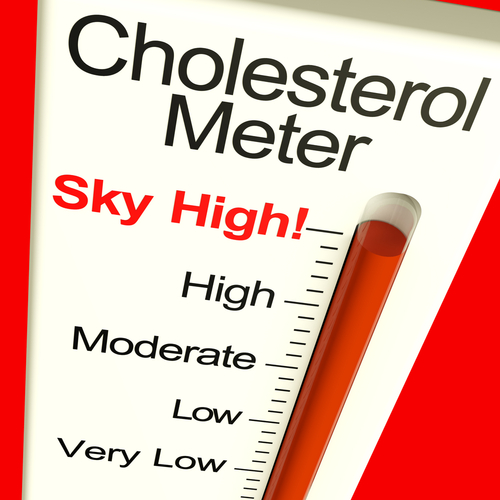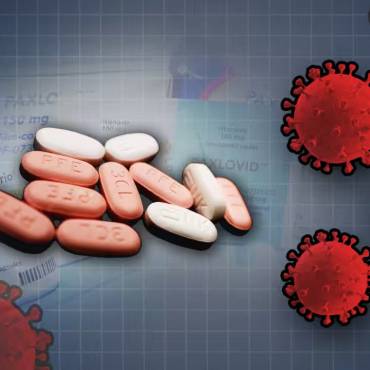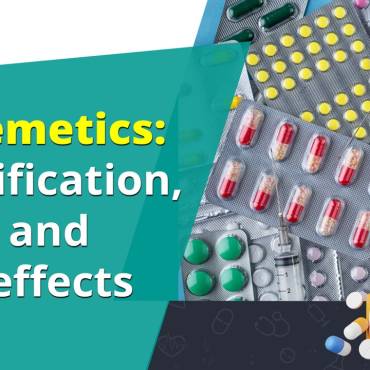Maintaining healthy cholesterol levels with a proper diet is the key to keeping cardiac problems at bay. Healthy cholesterol levels mean a healthy heart. But what exactly is a healthy cholesterol level? Let’s find out.
Understanding cholesterol ratio
If your age is 20 years or above, it is advisable to get your cholesterol level checked at a gap of every 4-6 years. This was the recommendation of the American Heart Association. Once you give a cholesterol test, your report will give you your cholesterol levels in terms of milligrams per deciliter of blood, denoted as mg/dL. Here is what a fasting lipoprotein profile will tell you: Total blood cholesterol, HDL (good) cholesterol, LDL (bad) cholesterol, and Triglycerides levels.
You must pay attention to your HDL and total cholesterol score in order to know the status of your heart health. These results help the doctor to infer your risk of heart attack in the long term. Besides your cholesterol reports, the doctor will also enquire about the detailed history of your medical conditions along with your family history. Information such as age and medical history are critical in determining your risk at heart disease. If you suffer from high blood pressure or smoke too often, you need to discuss that with your doctor as well. Keeping all these factors in mind, your doctor will determine what the ideal cholesterol ratio for you, which means a healthy balance of HDL and LDL. To gain a better understanding cholesterol ratio and what it means to your health, let’s break things down into simpler terms.
Also read: For a Healthy Heart, Keep Cholesterol at bay!
What is Cholesterol?
To gain a healthy understanding of cholesterol, think of cholesterol as a waxy material that is present in all your body cells. This cholesterol is important for your body for the creation of hormones and Vitamin D and so it forms enough cholesterol to keep things running. However, cholesterol is also present in some food items.
Small packages called lipoproteins contain cholesterol and carry it through the bloodstream. These packages have proteins on the outside and fat on the inside. These lipoproteins can be of two types: low-density lipoproteins (LDL) and high-density lipoproteins (HDL). You need to have a healthy level of both these lipoproteins to stay healthy.
Also read: Maximize your Intake of Protein
Types of cholesterol
The term LDL refers to bad cholesterol while HDL is known as the good cholesterol. A greater level of LDL may cause cholesterol build-up in the arteries. HDL transports cholesterol from different parts of the body to the liver, which finally takes it out of your body.
So when do things get problematic? When the blood cholesterol level increases, things start to go downhill. High cholesterol does not show any symptoms, and so most people remain unaware of the problem when their cholesterol levels go dangerously up. High cholesterol means higher risk of getting heart diseases.
So if you have high levels of LDL in your blood, you are in danger of getting heart disease, and the risk factor is directly proportional to your LDL level. On the other hand, the greater your HDL level, the lower your risk of getting heart diseases.
It is important to know your blood cholesterol levels in order to understand how your heart is doing. If you have high cholesterol level, lowering it in time, will reduce the possible damage done to your arteries. As the plaque build-up in the arteries is reduced, your heart will be healthy as before.
Also read: Thrombosis- Causes and Treatment



